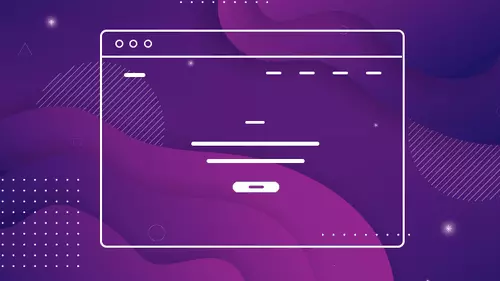Is your website working hard enough to generate conversions? It’s all very well and good to have high levels of traffic but the bottom line comes down to your conversion rate. If your in-bound marketing is working hard to create clicks, then your website should be turning them into conversions. If your website isn’t doing that, then it isn’t living up to its potential.
When your website isn’t performing, it’s easy to feel at a loss of where to begin. Is your content the problem? Are your CTAs ineffective? Maybe your landing pages are confusing from a user perspective.
Fortunately, here’s a list of some of the most common reasons that websites fail to convert.
Why isn’t my website converting?
1. Your website is too slow
If your website takes too long to load, it will significantly impact your conversion rate. Having a slow site speed is a sure-fire way to boost your bounce rates and miss out on potential conversions. Most websites are slower than they need to be and, even if you can’t detect it, Google certainly will be able to. Since Google prioritizes user experience, a slow site speed will almost certainly impact your rankings, traffic and conversion rates.
2. Your website offers style over substance
Your website has just had a design revamp and it looks more modern and stylish than ever. So why isn’t it converting? In short, it could be that your website offers style over substance. Eye-catching graphic elements are a nice touch, but your copy, site structure and navigation are all crucial. Fundamentally, your website must offer a clear overview of who you are, your services and why this is relevant to your visitors.
3. Your pages are overwhelming your users with too many options
Site usability is key to generating conversions. A seamless user journey consists of keeping user options as simple as possible. Navigation bars and menus are a useful tool, but if yours feature too many options, you’re going to overwhelm users. It is also important not to confuse users with too many pop-ups or ads and keep CTAs relevant to the landing page.
4. You aren’t testing your site
If you have recently finished building or revamping your website, it is tempting to launch right into an inbound marketing strategy. There isn’t anything wrong with doing this, but it’s important to keep testing your site for potential improvements. To ensure that your website has the perfect features to encourage conversions, A/B test different versions of it. Limit yourself to making one change at a time, to precisely identify which option gives you the highest conversion rate.
5. Your website doesn’t convey trustworthiness
New visitors probably don’t have pre-configured notion of your brand, the level of service you offer or how trustworthy you are. It’s important to make sure that you’re presenting as trustworthy a front as possible by featuring case studies, client testimonials and reviews.
6. Your website isn’t customer-centric
A common error when building a brand online is to make your website all about your organisation. You should let visitors know who you are and what you do but your website should primarily address user pains. Let visitors know that you understand their needs and know exactly how to fix them. An effective way to drive conversions is to focus your website messaging on resonating with users. Too much branding, jargon, or bragging about your own achievements can alienate potential customers and clients.
7. You don’t have any CTAs
Calls to action (CTAs) are elements on a web page that directly encourage users to take an action. l For example, a ‘buy now’ button, or ‘subscribe to our newsletter’ pop-up. It may seem obvious that CTAs drive conversions, but a surprising number of pages online don’t have any CTAs at all. Every piece of content on your website should be working to drive conversions and have an accompanying CTA.

